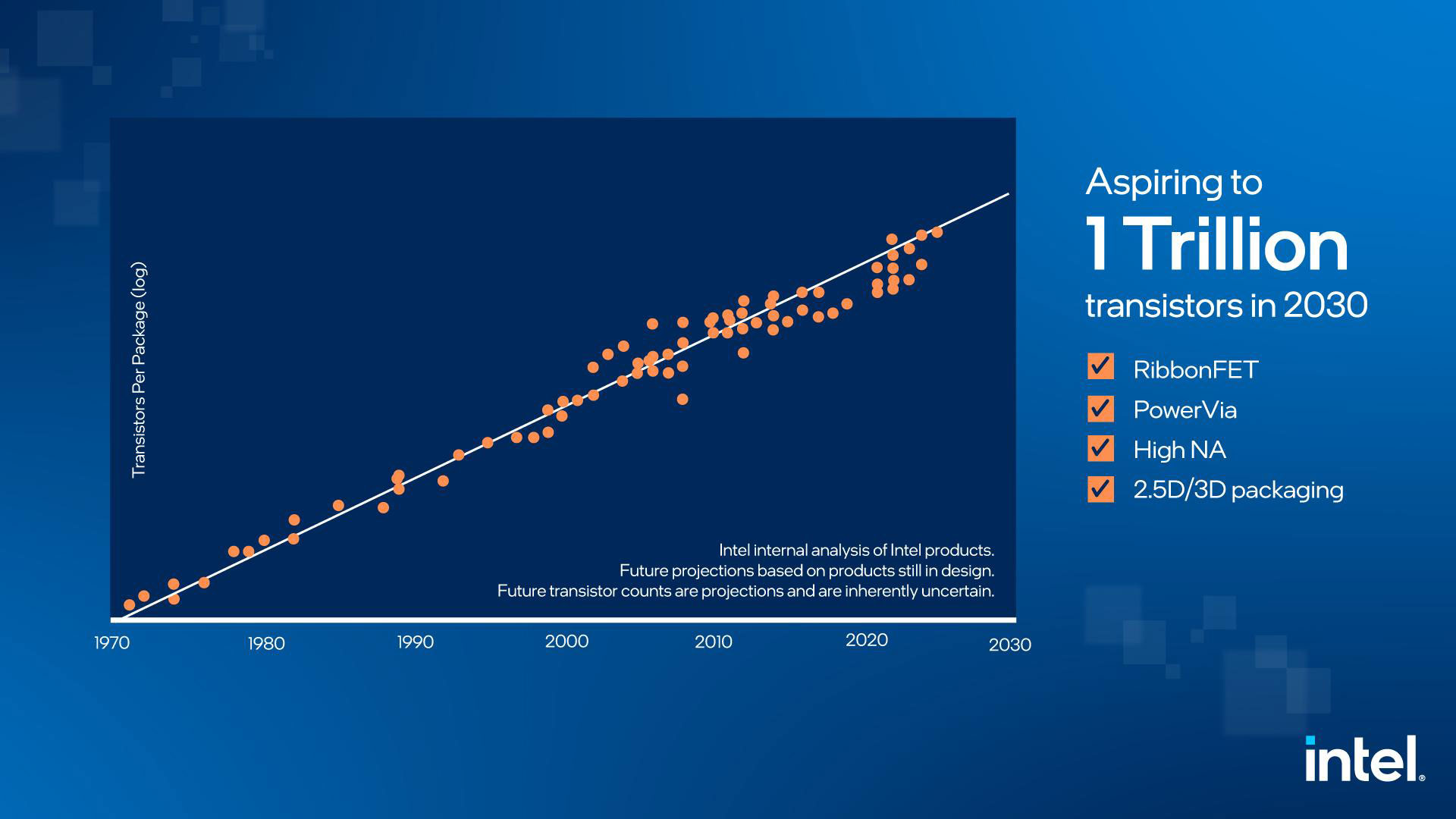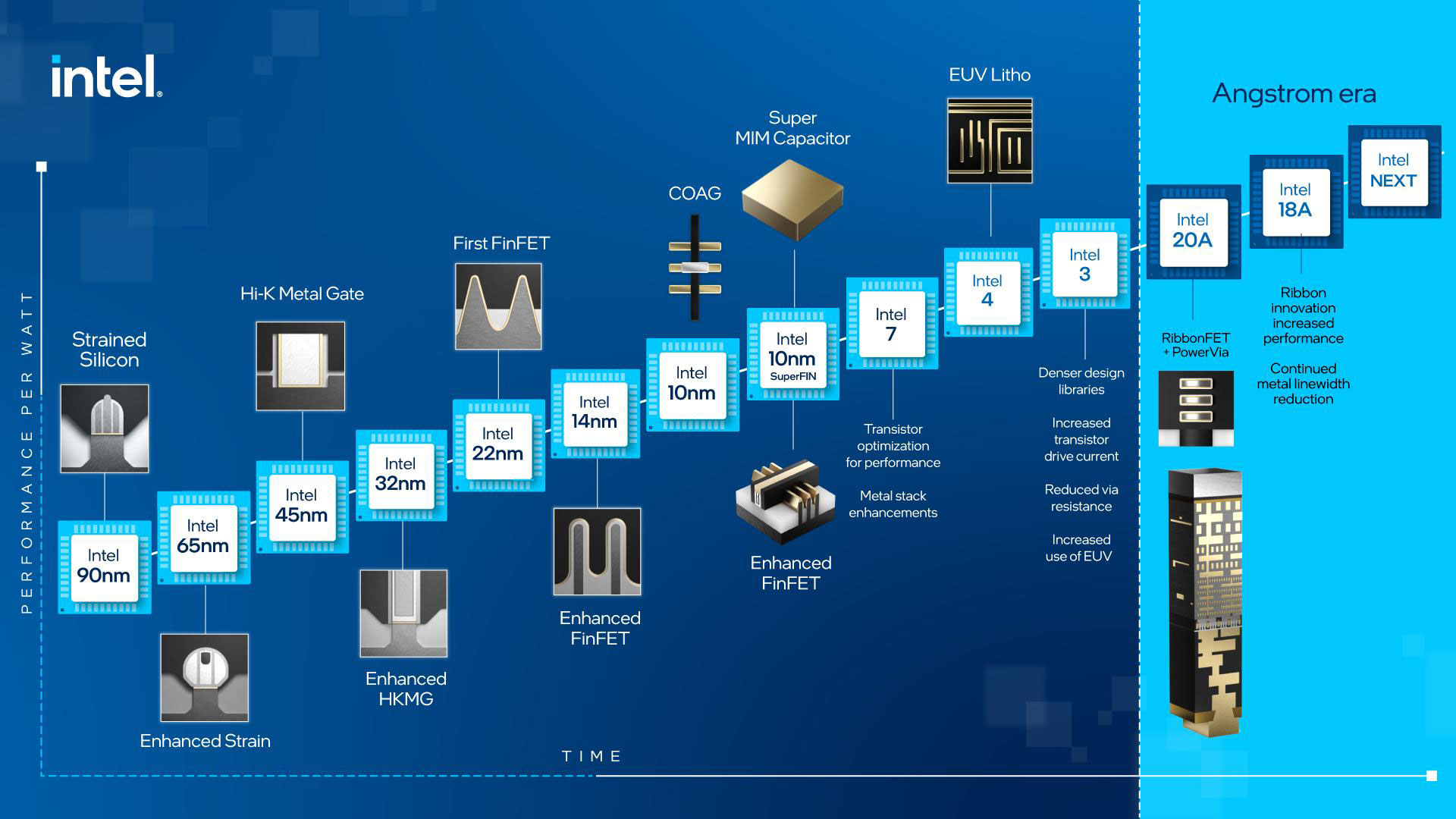75 years ago, the three Bell Labs scientists behind the invention of the transistor would, at last, have the U.S. Patent in their hands. This insignificant looking semiconductor device with three electrodes sparked the third industrial revolution. Moreover, it ushered in the age of silicon and software, which still dominates business and human society to this day.
The first working transistor had been demonstrated back in 1947, but it wasn’t until October 3, 1950, that the patent was secured by John Bardeen, Walter Brattain, and William Shockley. The patent was issued for a “three-electrode circuit element utilizing semiconductor materials.” It would take several more years before the significant impacts transistors would have on business and society were realized.
1947: invention, 1950: patent, 1965: Moore’s Law, 2025: billions of transistors per chip.
For PC enthusiasts, probably the best known piece of transistor lore comes from Intel co-founder Gordon Moore. Of course, we are talking about Moore’s Law, which was an observation by the pioneering American engineer. Moore’s most famous prediction was that “the number of transistors on an integrated circuit will double every two years with minimal rise in cost.” (Law was revised from one to two years in 1975).

Obviously, prior to 1965, when Moore’s Law was set out, the startling advance in transistor technology indicated that such an extrapolation would be reasonable. Even, now, certain semiconductor companies, engineers, and commentators reckon that Moore’s Law is still alive and well. You can see Intel's position in the slides, above.
Whatever the case, it can’t be denied that since the patenting of the transistor, we have seen incredible miniaturization and advances in computing and software, expanding the possibilities of minds and machines. The current tech universe is actually buzzing with firms that reckon they can make machines with minds - artificial intelligence.
Follow Tom's Hardware on Google News, or add us as a preferred source, to get our up-to-date news, analysis, and reviews in your feeds. Make sure to click the Follow button!

 1 month ago
38
1 month ago
38









 English (US) ·
English (US) ·